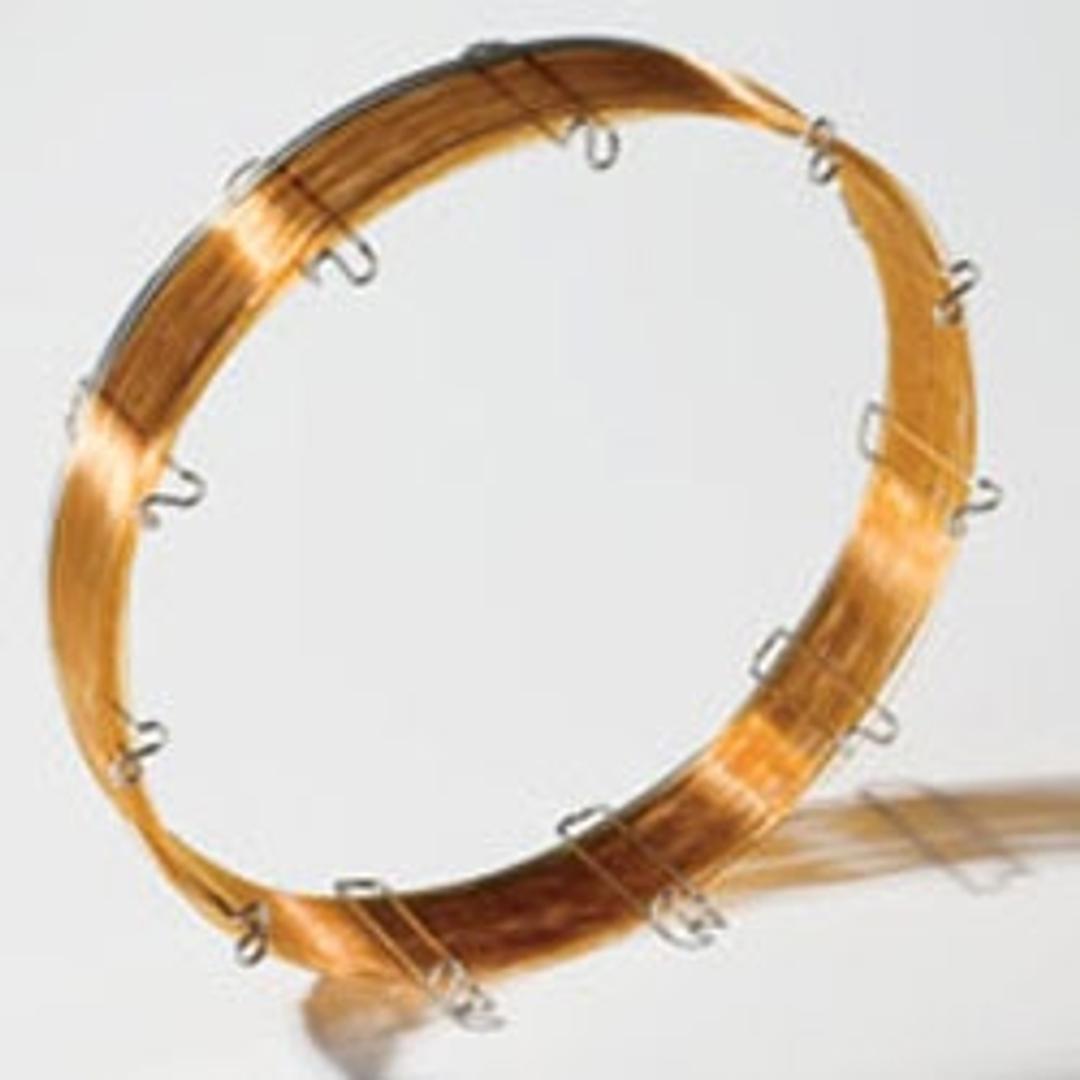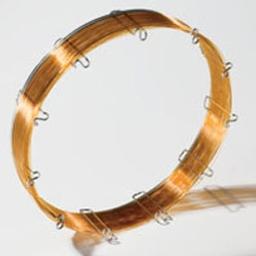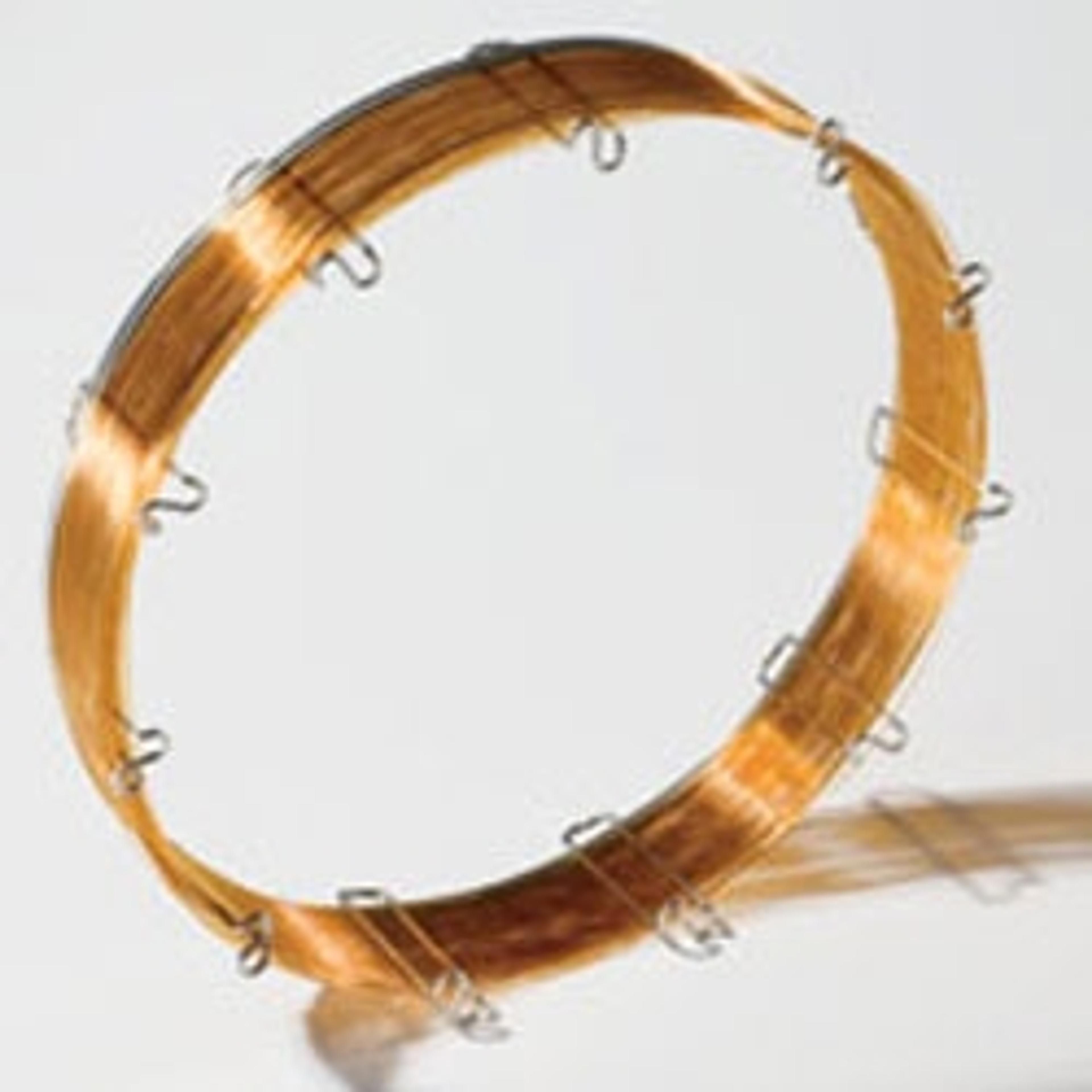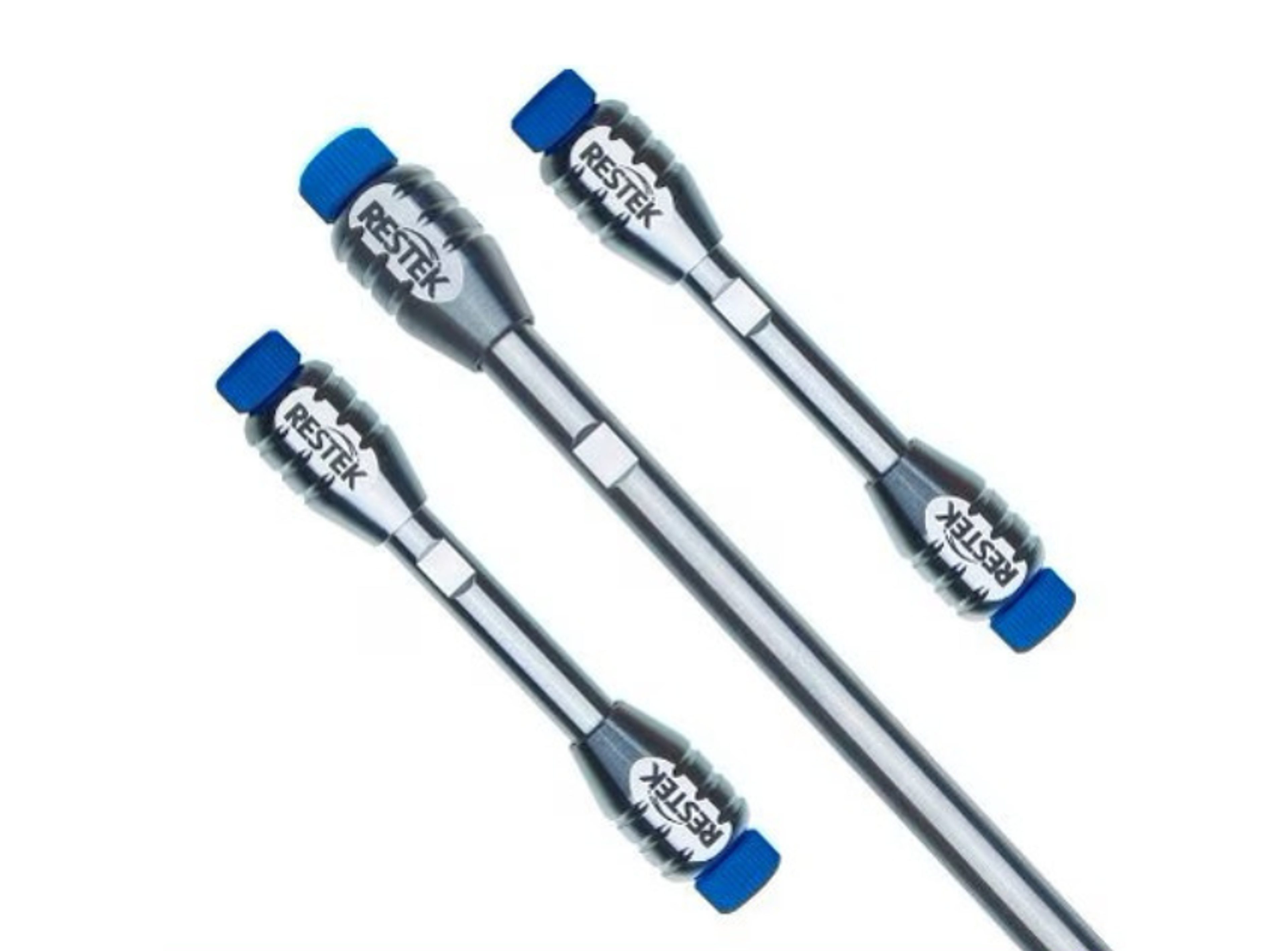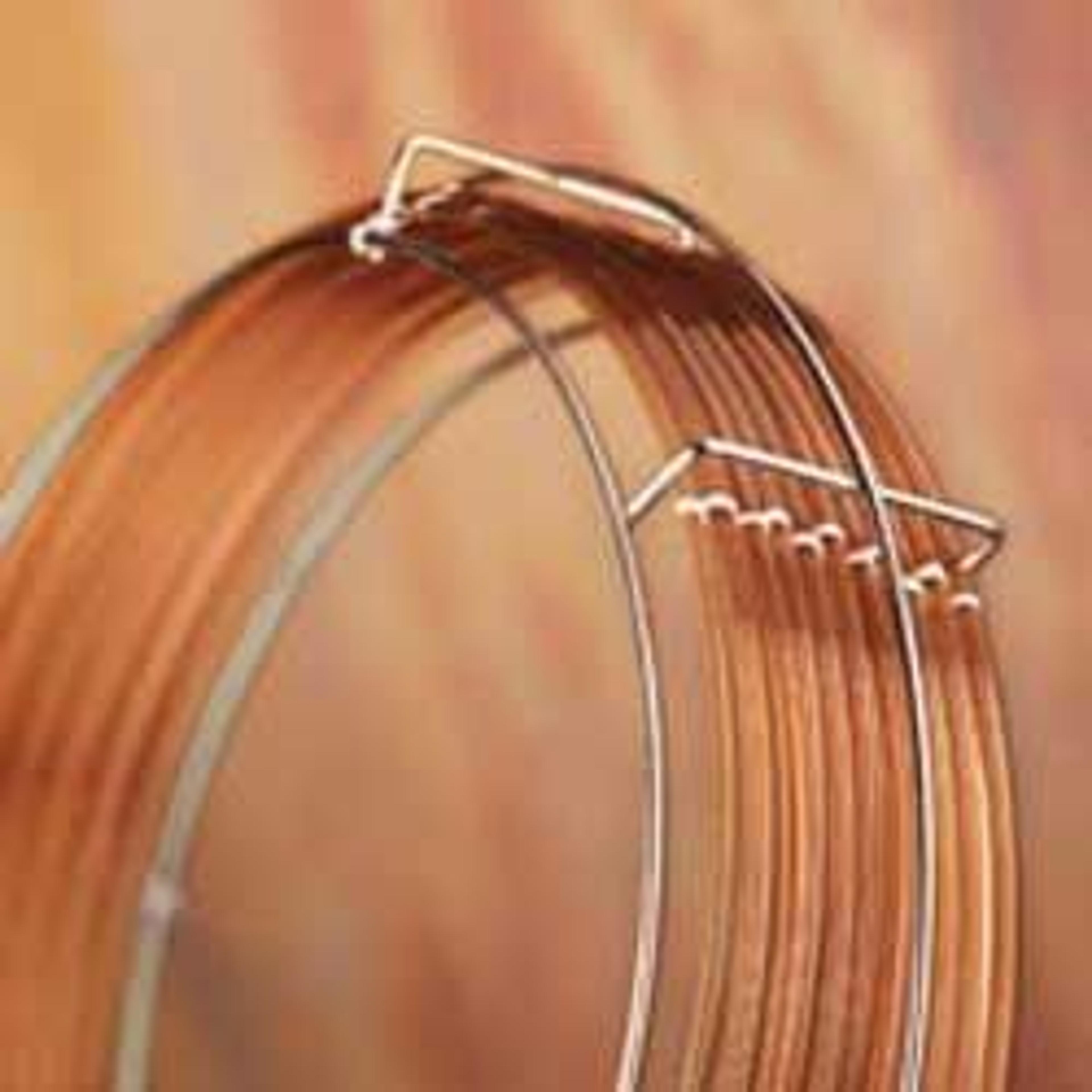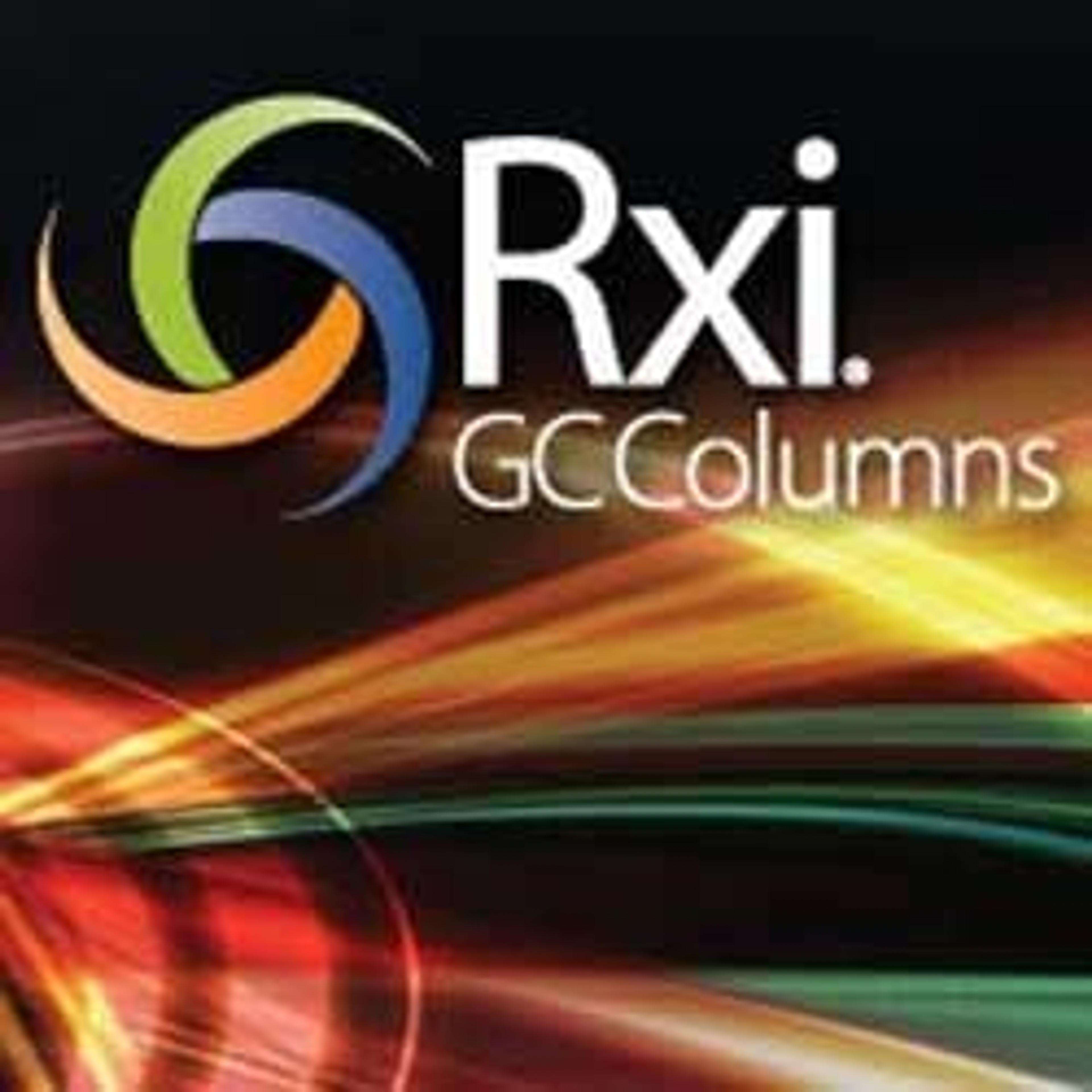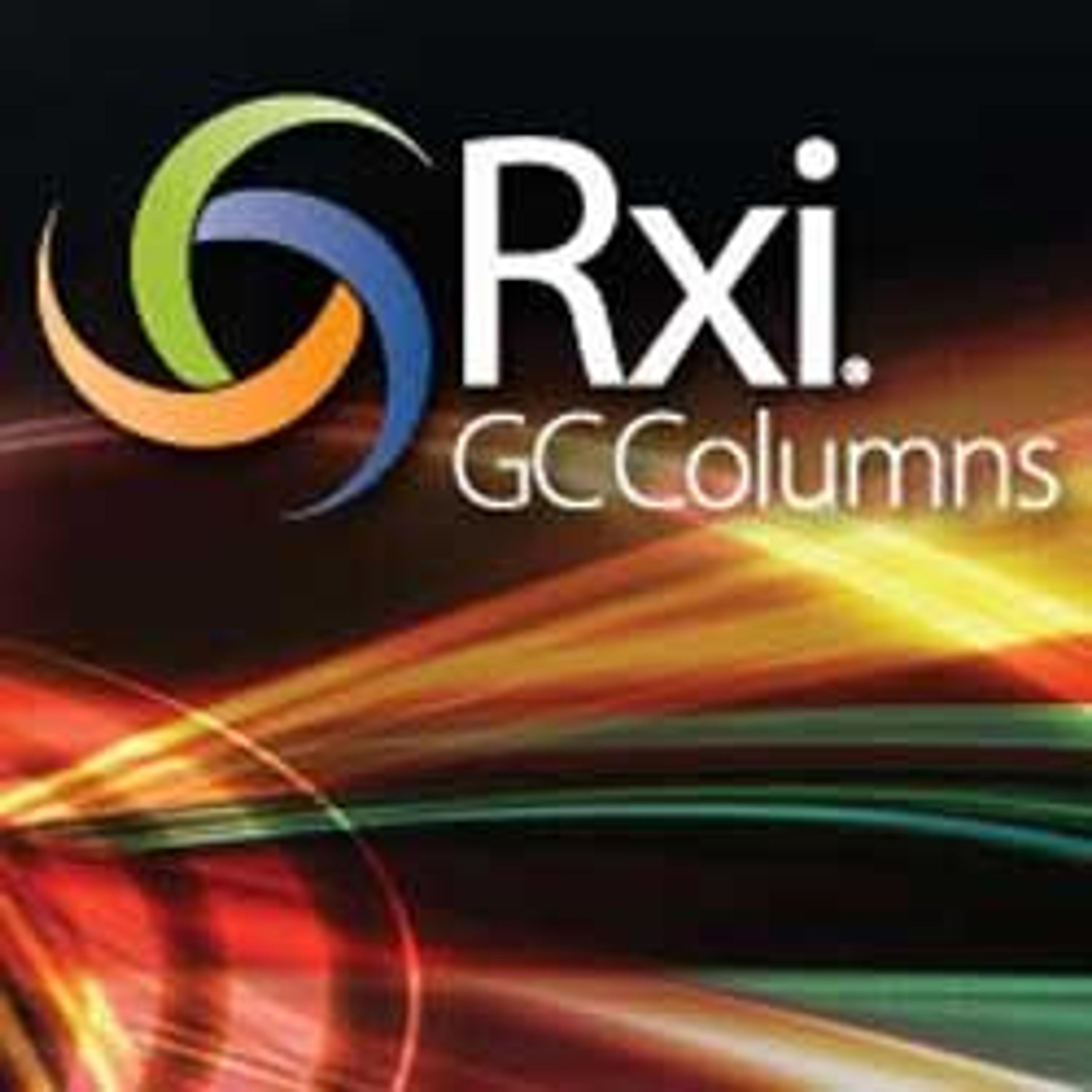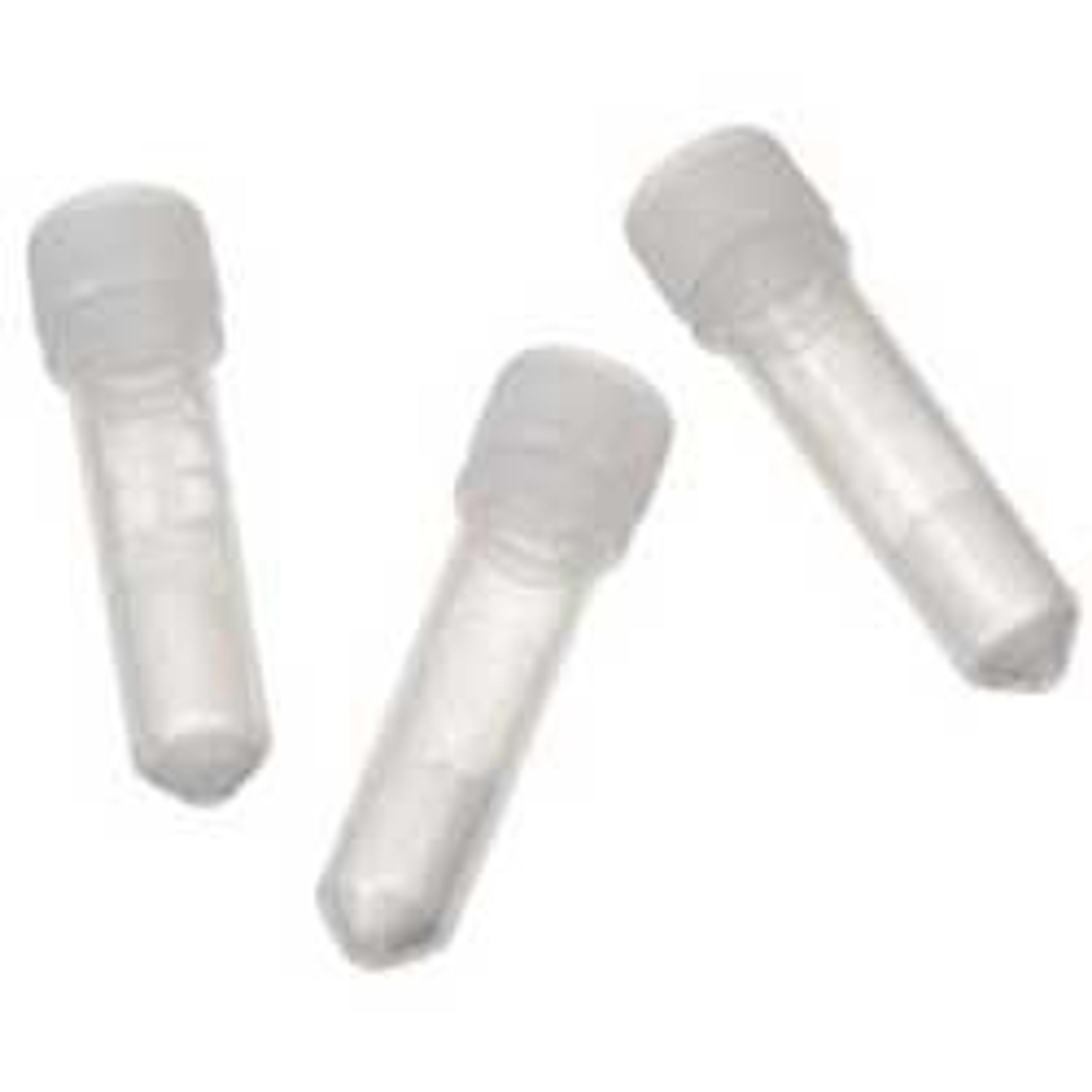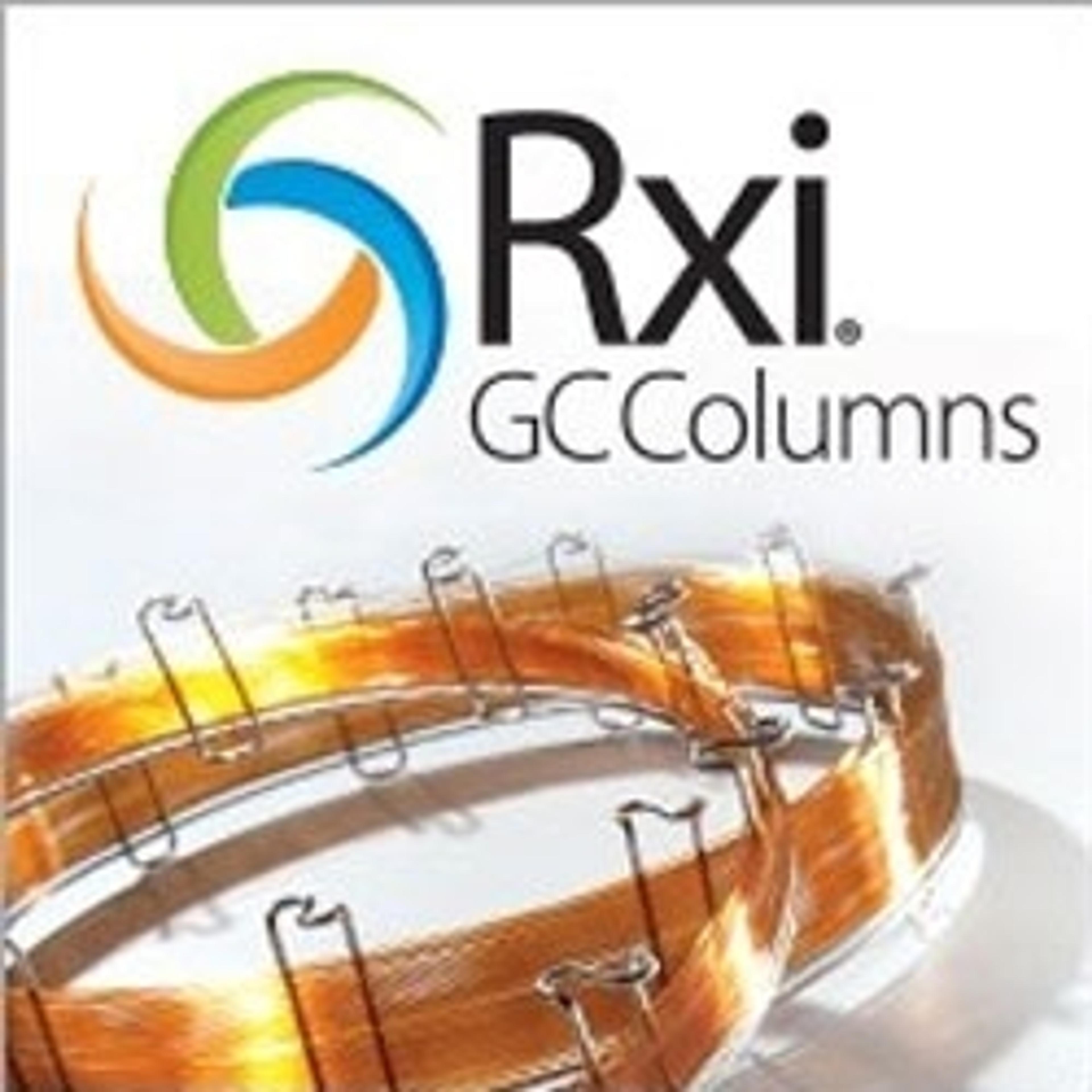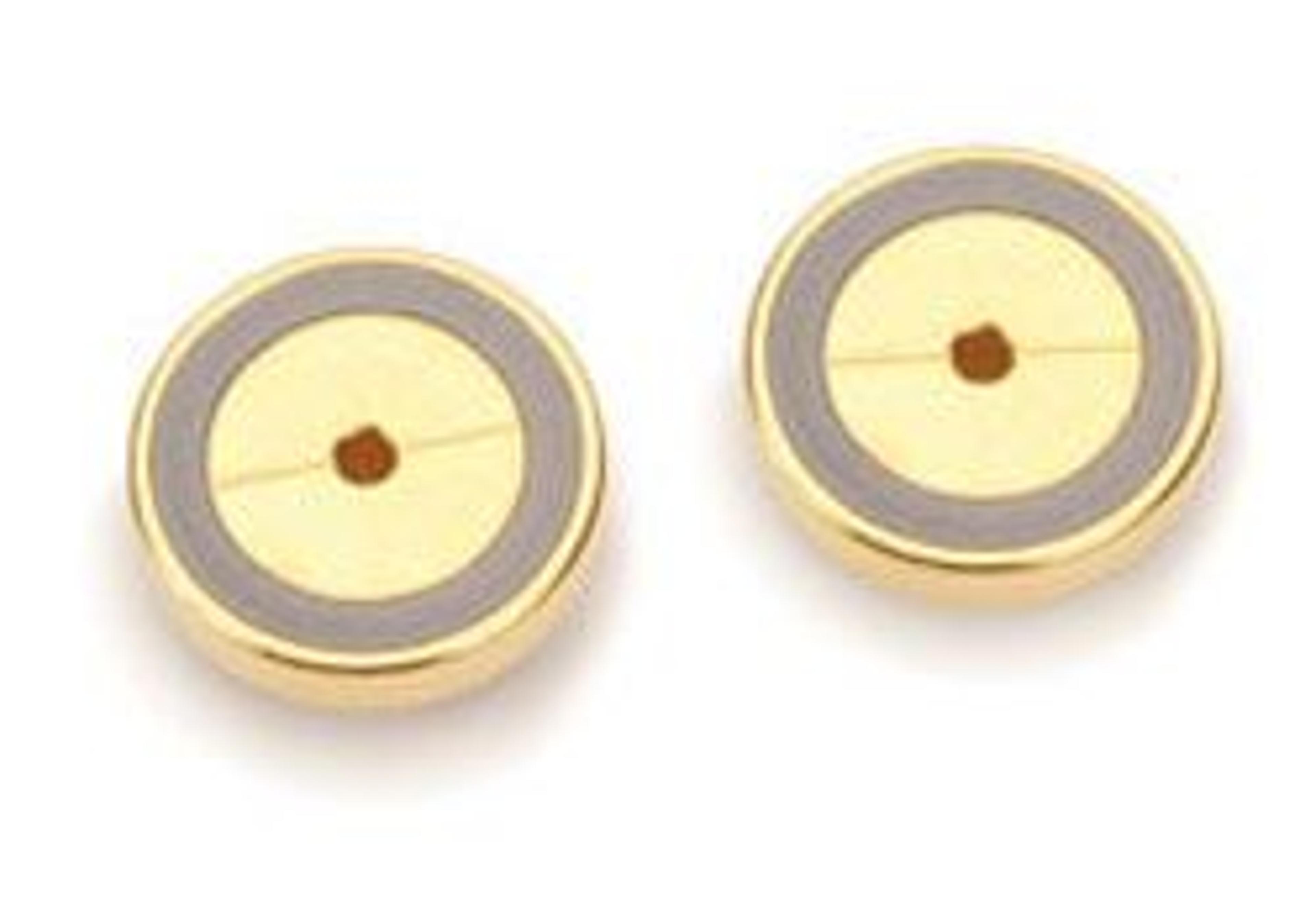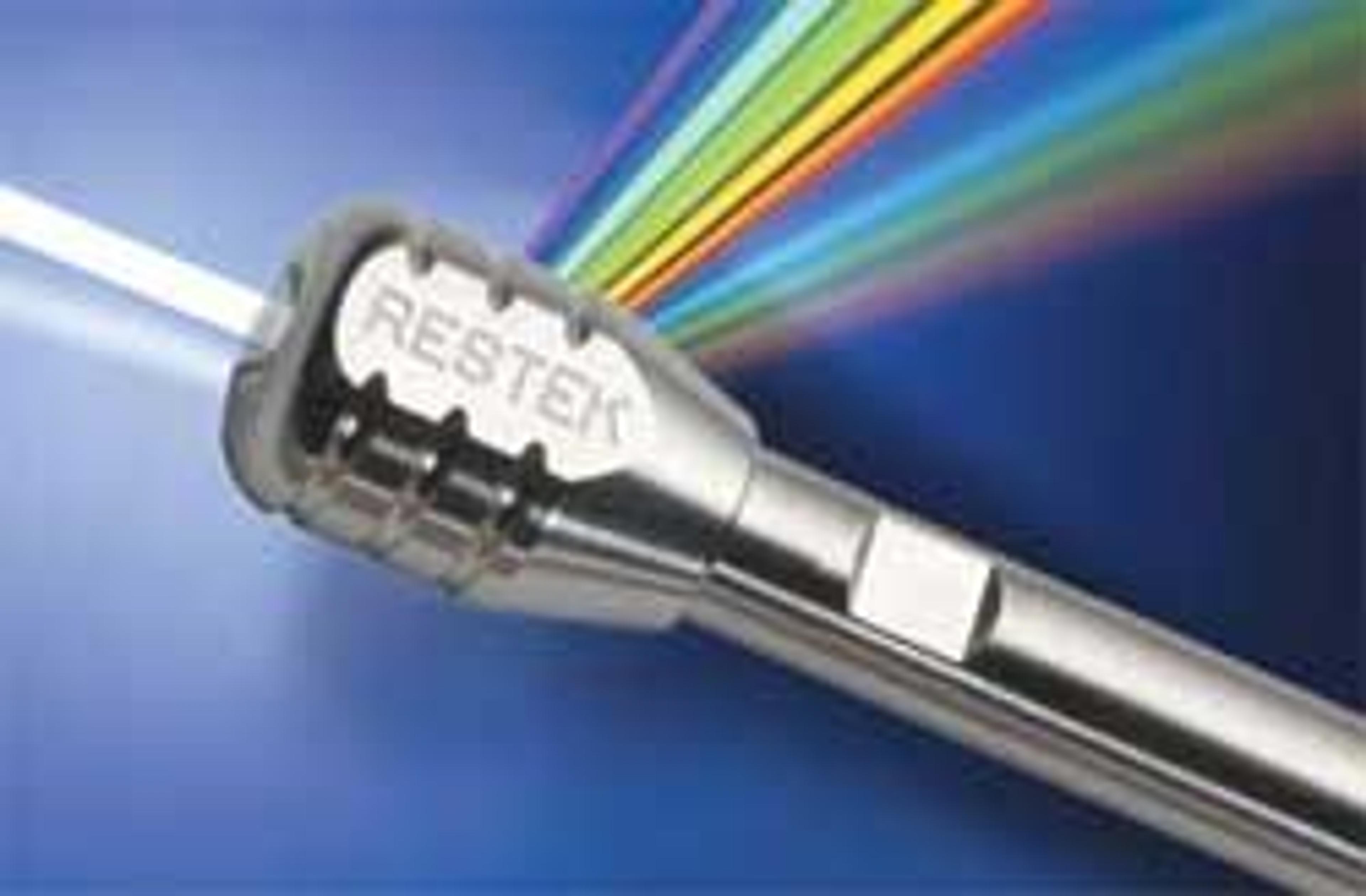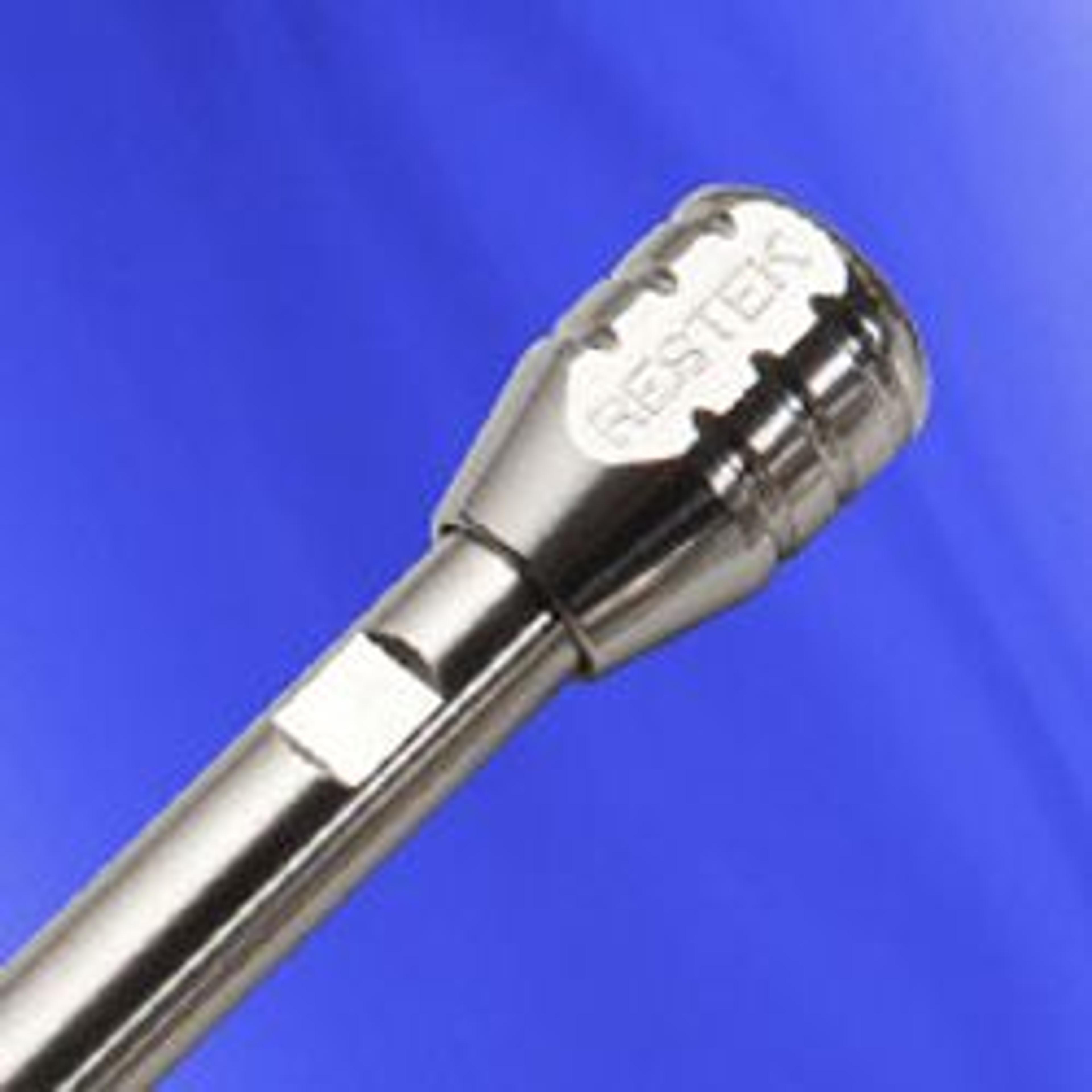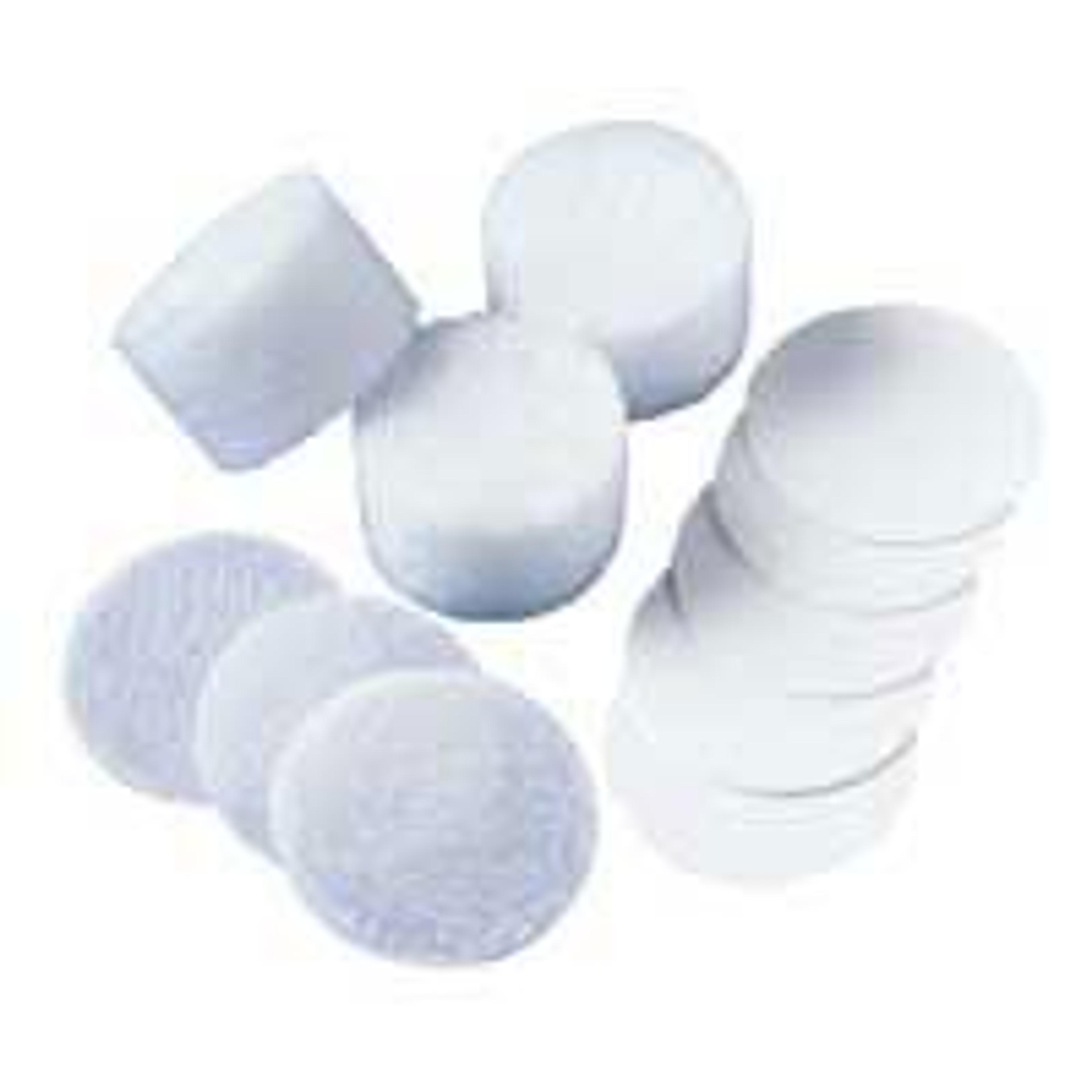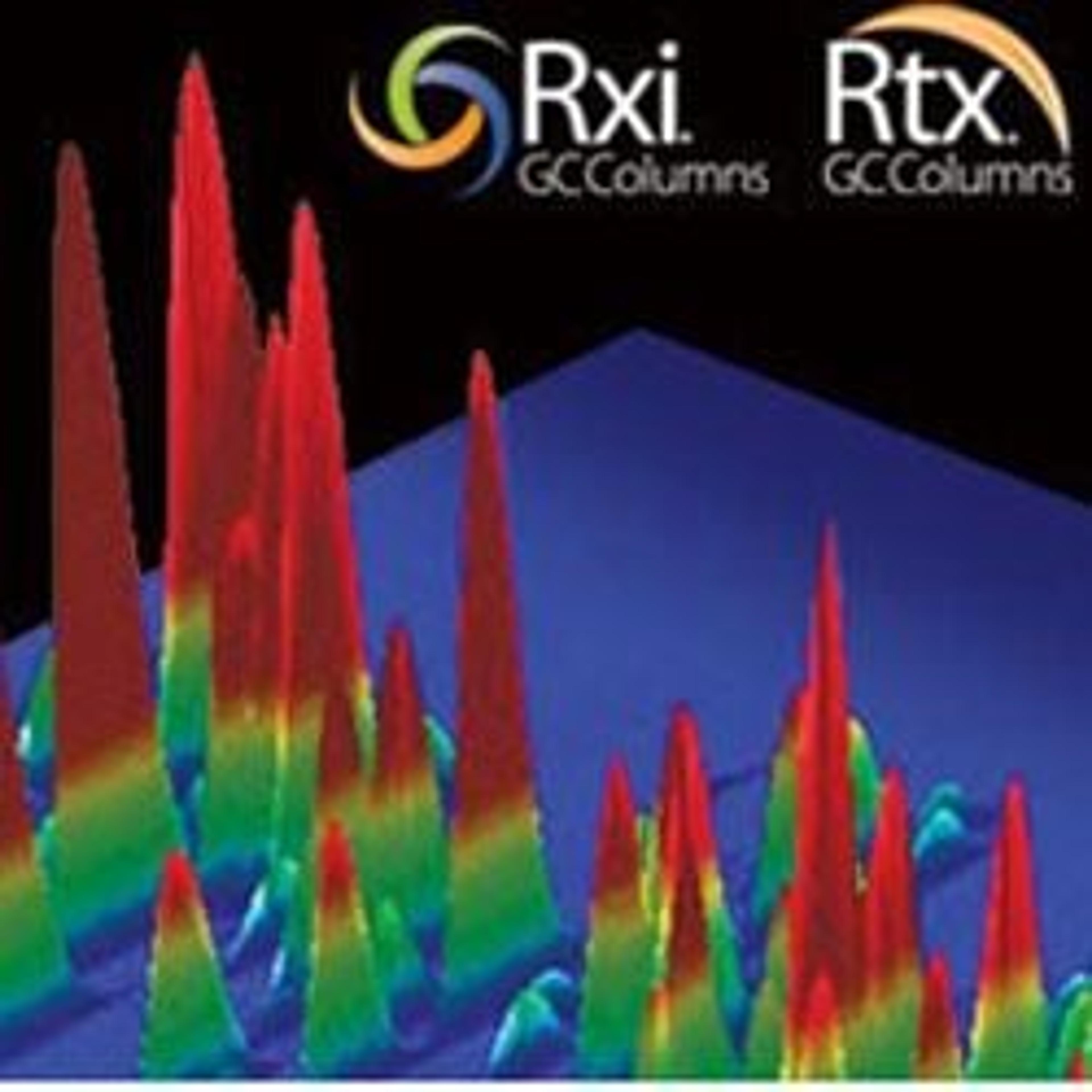Rt-βDEXse Columns (fused silica)
By adding β or γ cyclodextrin to our bonded Rtx-1701 stationary phase, we greatly enhance overall utility and column lifetime for our chiral columns, compared to columns that have pure cyclodextrin stationary phases. Separations of more than one hundred chiral compounds have been achieved using our unique DEX columns, and our columns continue to demonstrate stability after hundreds of temperature program cycles. What are ch…
Great resolution for terpenoid enantiomers in plant volatiles
Separate enantiomers in essential oils and plant volatiles
Restek's Beta-DEXse chiral capillary column is one of the best chiral capillary columns for GC as it maintains the theoretical plates and resolution even after several months of continuous use. This column is my first choice for the lab as it resolves several enantiomers and the chemistry of this column helps to separate most other compounds from the enantiomers. Zero bleeding and absence of retention shift provides easy identification of the peaks even in the absence of mass spectrometry. I have published several research articles using this chiral column in analytical, essential oil and natural product chemistry journals.
Review Date: 17 Apr 2019 | Restek Corp.
By adding β or γ cyclodextrin to our bonded Rtx-1701 stationary phase, we greatly enhance overall utility and column lifetime for our chiral columns, compared to columns that have pure cyclodextrin stationary phases. Separations of more than one hundred chiral compounds have been achieved using our unique DEX columns, and our columns continue to demonstrate stability after hundreds of temperature program cycles.
What are chiral compounds? Any carbon atom that is bonded to four different groups is a chiral or an assymetric carbon. Molecules containing one or more of these carbon centers are considered chiral molecules. Chiral centers can exist in two forms called enantiomers. These two forms are non-superimposable mirror images of each other. They have similar physical properties but dissimilar chemical and biochemical properties.

